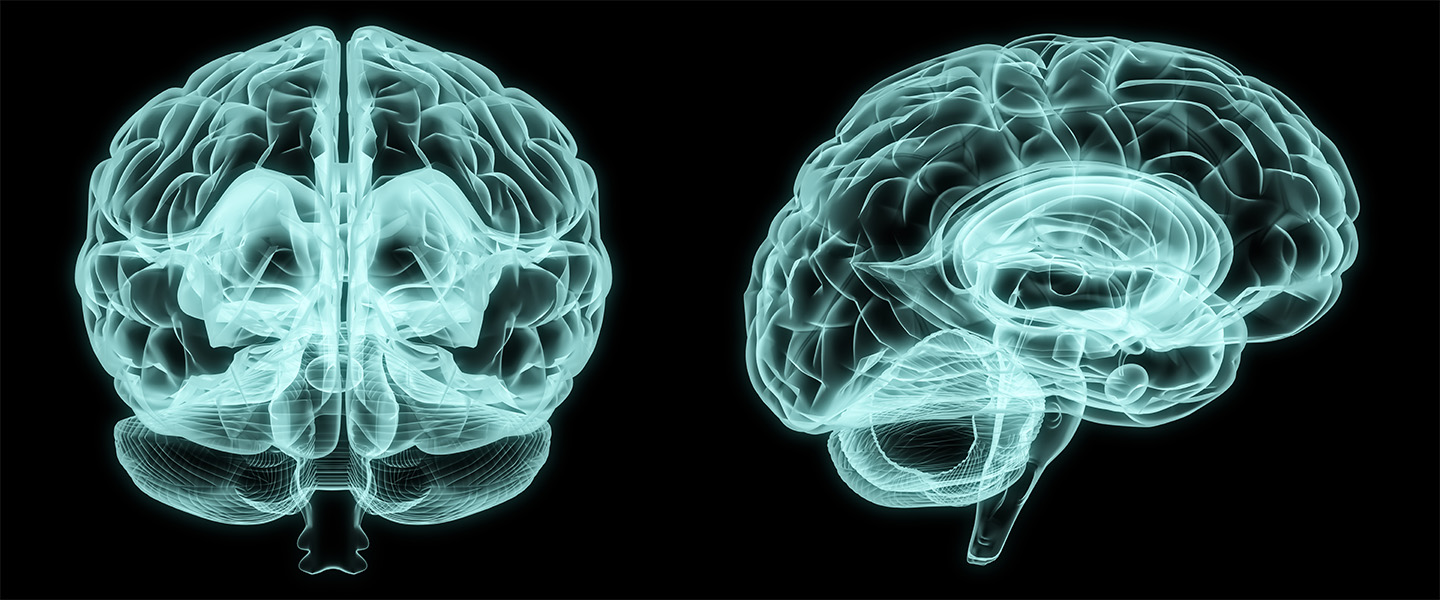Analysis of Brain Scans Reveals Differences in Brains of Boys and Girls with Autism Spectrum Disorder
Analysis of Brain Scans Reveals Differences in Brains of Boys and Girls with Autism Spectrum Disorder

Researchers have reported distinct brain differences that enable them to distinguish between males and females with autism spectrum disorder (ASD).
The distinguishing brain features involve connectivity and the functional organization of several brain areas. These differences were identified in a large sample of affected boys and girls, whose average age was about 13, and were then replicated in a similar but smaller, independent sample.
The researchers said the gender differences in ASD they identified appear to contribute to somewhat different clinical symptoms experienced by males and females. One of the distinguishing features, involving the brain's motor cortex, enabled the team to predict the severity in females of restrictive or repetitive behaviors, a specific and often-seen ASD-related symptom that usually is more severe in males with ASD.
Reporting in The British Journal of Psychiatry, the team was led by Kaustubh Supekar, Ph.D., a 2014 BBRF Young Investigator. The senior author of the team's paper was Vinod Menon, Ph.D., a 1998 BBRF Young Investigator. Both are based at Stanford University.
One reason the new findings are important is that ASD presents a variety of symptoms in different patients. Gender has long been thought to be among the more important contributing factors. Not only do symptoms tend to be somewhat different in males and females; about 4 times as many boys receive the diagnosis (1 in 42) than girls (1 in 189). Researchers want to know why, but answers have been difficult to determine.
The study by Drs. Supekar, Menon and colleagues was motivated in part by the fact that most autism studies have focused on males—perhaps in part because so many more boys than girls seem to be affected. But it is not clear if females are affected in ways, perhaps quite subtle, that may be hard to detect, especially in the first years of life.
The new study was designed to focus on underlying biological patterns rather than overt or reported symptoms. It was based upon data from functional MRI imaging scans of the brains of 773 children with autism—637 boys and 136 girls. While the number of female participants was comparatively low, the team took great pains to collect as many high-quality scans as they could from across the nation. The imbalance in numbers simply reflects the stress placed upon male participants in most past studies.
It was essential to statistically compensate for the numerical skew in the scans. To accomplish this, the team made an important advance in developing an artificial intelligence framework "for discovering neurobiological patterns/ fingerprints that distinguish between females and males with ASD and predict the severity of clinical symptoms." The analytical framework relies upon a model developed by the team called spatio-temporal deep neural network (stDNN) analysis.
This new technology was first applied to imaging data from 678 of the children. The analysis generated an algorithm which enabled the team to distinguish between boys and girls with 86% accuracy. The method was then verified on the 95 scans in the total sample that were intentionally not included in the initial analysis. In addition, stDNN was used to analyze 976 brain scans from typically developing boys and girls.
These were the results: among children with autism, girls had different patterns of functional connectivity than boys in several brain centers, including motor, language, and visuospatial attention systems.
The largest differences between the genders were in a group of motor areas, including the primary motor cortex. Furthermore, among the girls with autism, differences in motor areas were linked to the severity of their repetitive behaviors. Girls with autism usually have fewer repetitive behaviors than boys with autism, which may contribute to delays in their diagnosis, the team suggested.
The team's results suggested that girls with autism whose brain patterns were more similar to those in boys with autism tended to have the most pronounced repetitive behaviors. It is not yet clear if the same pattern applies to observed differences in language centers of the brain that the study identified in boys and girls with ASD diagnoses. Language difficulties are usually more pronounced in males, the researchers pointed out.
Another important finding by the team was that while they were able to consistently distinguish between males and females with ASD based on stDNN analysis, that same model could not distinguish between typically developing males and females with no ASD diagnosis. This suggests the identified differences in autism in this study are indeed related to symptoms and symptom differences in boys and girls with ASD.
It is not yet possible to move from identifying factors which distinguish male and female ASD patients to knowing how each or in combination they affect the acquisition of motor, visuospatial, and social communications skills in specific individuals. That is a subject for future studies, as well as the question of how, and with what impact, the identified gender-distinguishing features overlap or do not overlap with other brain differences in people with ASD.
In an interview, Dr. Supekar expressed the hope that the findings of the present study might be used to guide future efforts to improve diagnosis and treatment for girls with ASD. Taken together, he said, "the use of artificial intelligence-based techniques" used in the analysis has promise in advancing "precision psychiatry" in autism.


